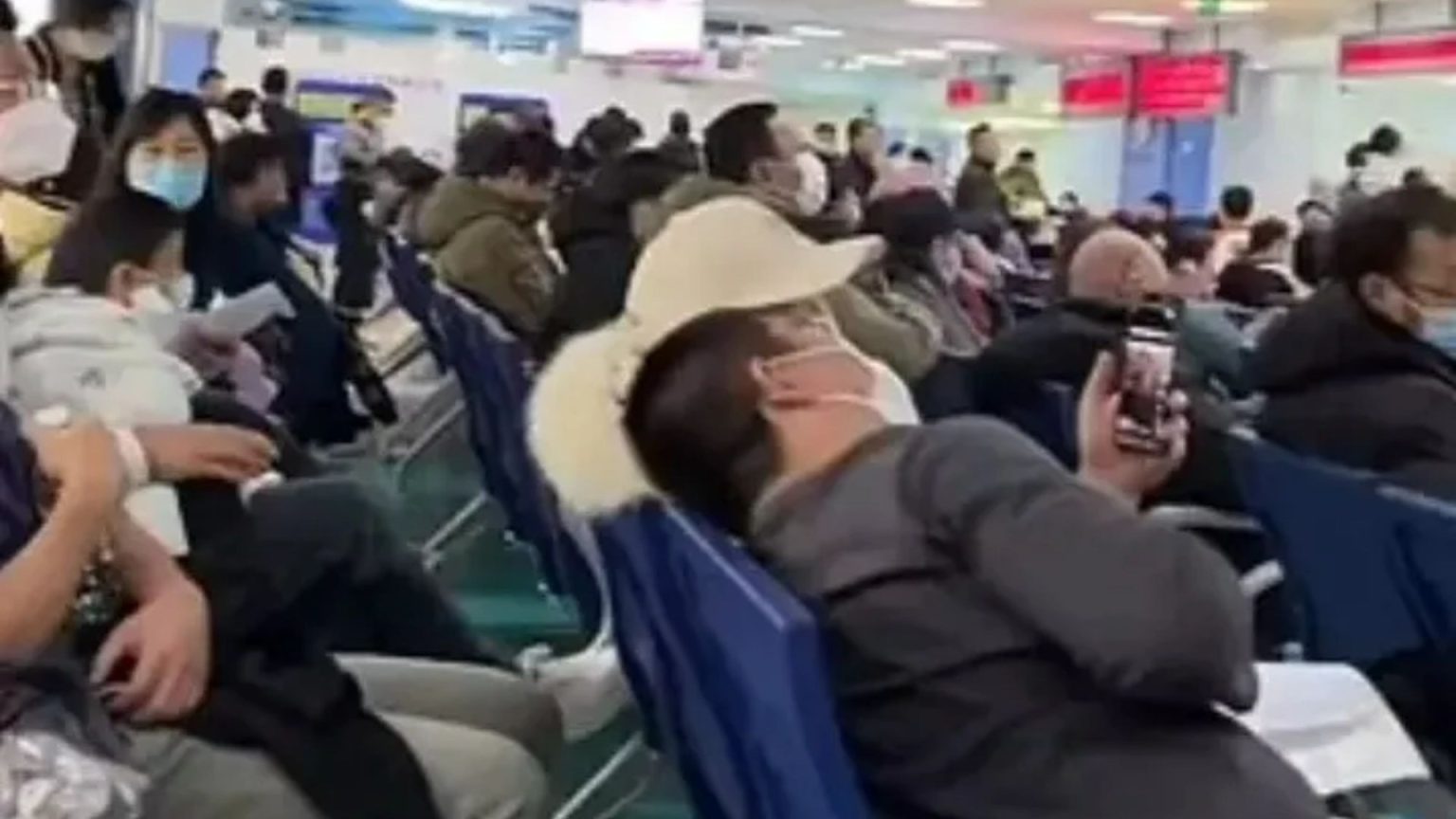Reports emerging from China paint a concerning picture of overwhelmed hospitals grappling with a surge of patients experiencing flu-like symptoms. Unverified videos circulating on social media depict crowded medical facilities, reminiscent of the early days of the Covid-19 pandemic. While the exact cause of this apparent outbreak remains unclear, both local sources and some media outlets point to human metapneumovirus (hMPV) as a potential culprit. This virus, typically associated with mild cold-like symptoms, can pose serious risks, especially to vulnerable populations such as young children and the elderly, potentially leading to hospitalization and even death in severe cases. The situation echoes previous health crises, raising anxieties about the potential for another widespread outbreak.
The Chinese Center for Disease Control and Prevention (CDC) has offered a different perspective, attributing the increased hospital admissions to seasonal influenza. Their data indicates a high positivity rate for influenza in recent tests, suggesting a prevalent flu season might be the primary driver behind the surge in illness. However, this explanation hasn’t fully allayed concerns, particularly given the alarming social media reports and anecdotal accounts from individuals within China. The lack of official confirmation regarding the cause of the outbreak, coupled with limited information about the severity and extent of the illness, fuels uncertainty and speculation.
Anecdotal evidence from local sources paints a more distressing picture. Reports from residents in Hunan province, one of the areas seemingly most affected, describe a widespread illness impacting communities, with claims of several fatalities attributed to the unknown ailment. These accounts, though unverified, amplify concerns about the potential severity of the situation. Furthermore, rumors of overwhelmed crematoriums and funeral homes add another layer of anxiety, though their veracity remains unconfirmed. These narratives, combined with the visual evidence from social media, raise questions about the official narrative and underscore the need for transparent and timely information from authorities.
The situation draws parallels to previous health crises in China, including the initial outbreak of Covid-19 and the subsequent surge in “white lung” cases, primarily attributed to mycoplasma pneumonia. These past experiences highlight the challenges in containing respiratory illnesses within densely populated regions and the potential for rapid spread. The current outbreak, regardless of the specific cause, underscores the importance of robust public health infrastructure and transparent communication to effectively manage and mitigate the impact of such events. The echoes of past outbreaks inevitably heighten public concern and emphasize the need for a swift and comprehensive response from health authorities.
Human metapneumovirus (hMPV), the suspected cause of this outbreak according to some reports, is a common respiratory virus, particularly affecting young children. While generally causing mild cold-like symptoms such as runny nose, cough, and fever, it can lead to more severe respiratory illnesses like bronchitis and pneumonia, especially in those with weakened immune systems. This characteristic makes the current situation particularly worrying, as children appear to be disproportionately affected. The virus is typically seasonal, circulating most actively during the winter months, which aligns with the timing of this outbreak. Although most people are infected with hMPV during childhood, reinfection is possible later in life.
The lack of official confirmation from Chinese authorities regarding the cause of the outbreak and its severity creates an information vacuum. This lack of transparency fuels speculation and hinders effective public health responses. Clear and timely communication from officials is crucial to address public concerns, inform preventive measures, and ensure appropriate medical care for those affected. The similarities to the early stages of the Covid-19 pandemic, where information was initially limited and official responses lagged, underscore the critical need for proactive and transparent communication in managing public health emergencies. The current situation serves as a stark reminder of the importance of global health surveillance and the need for international collaboration to address emerging infectious diseases.




